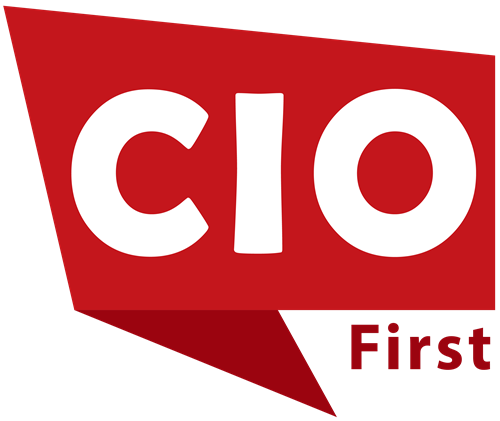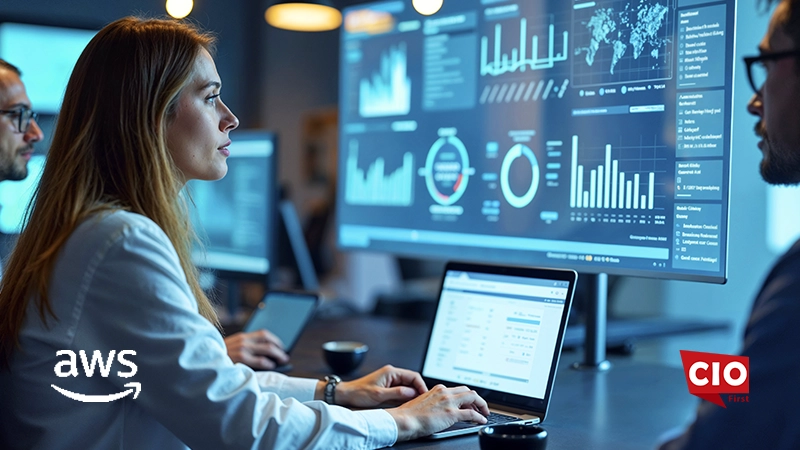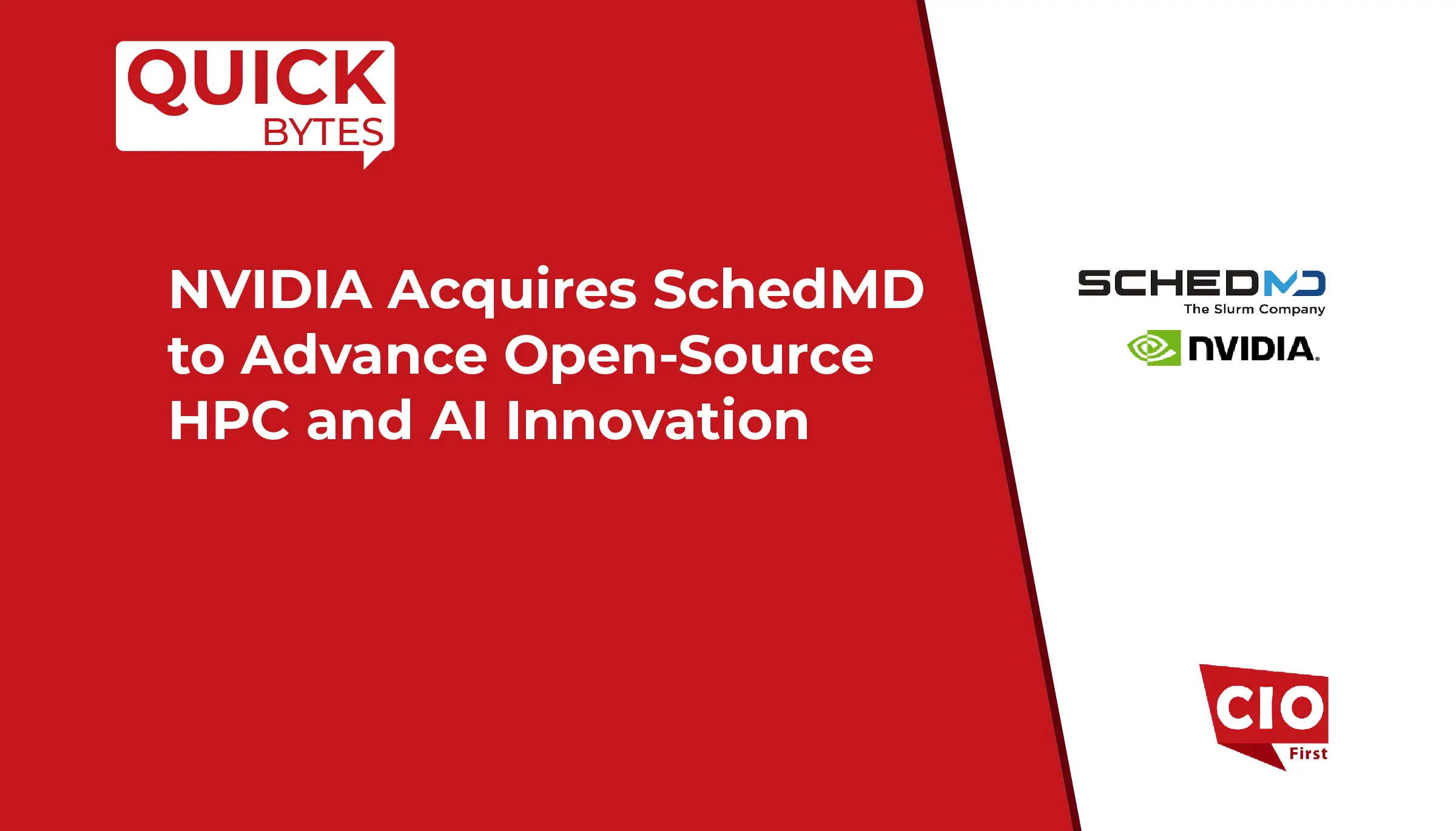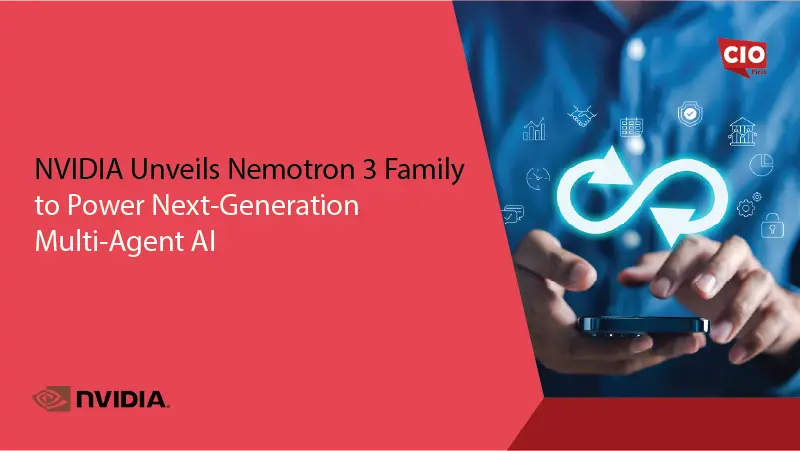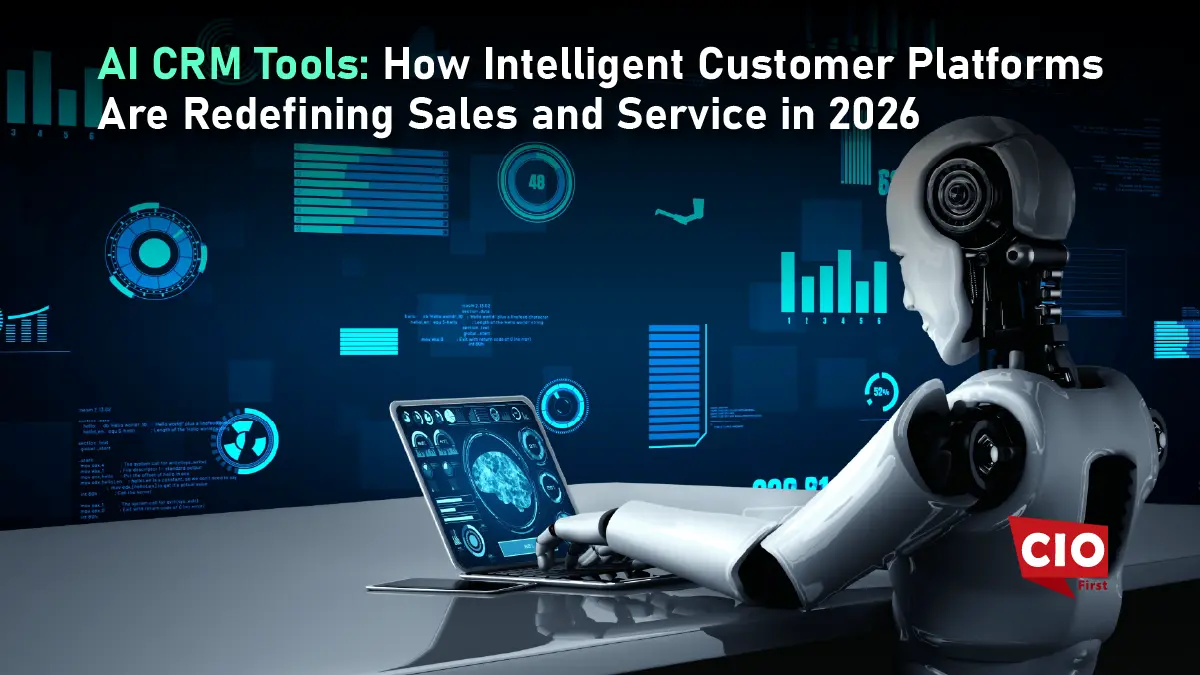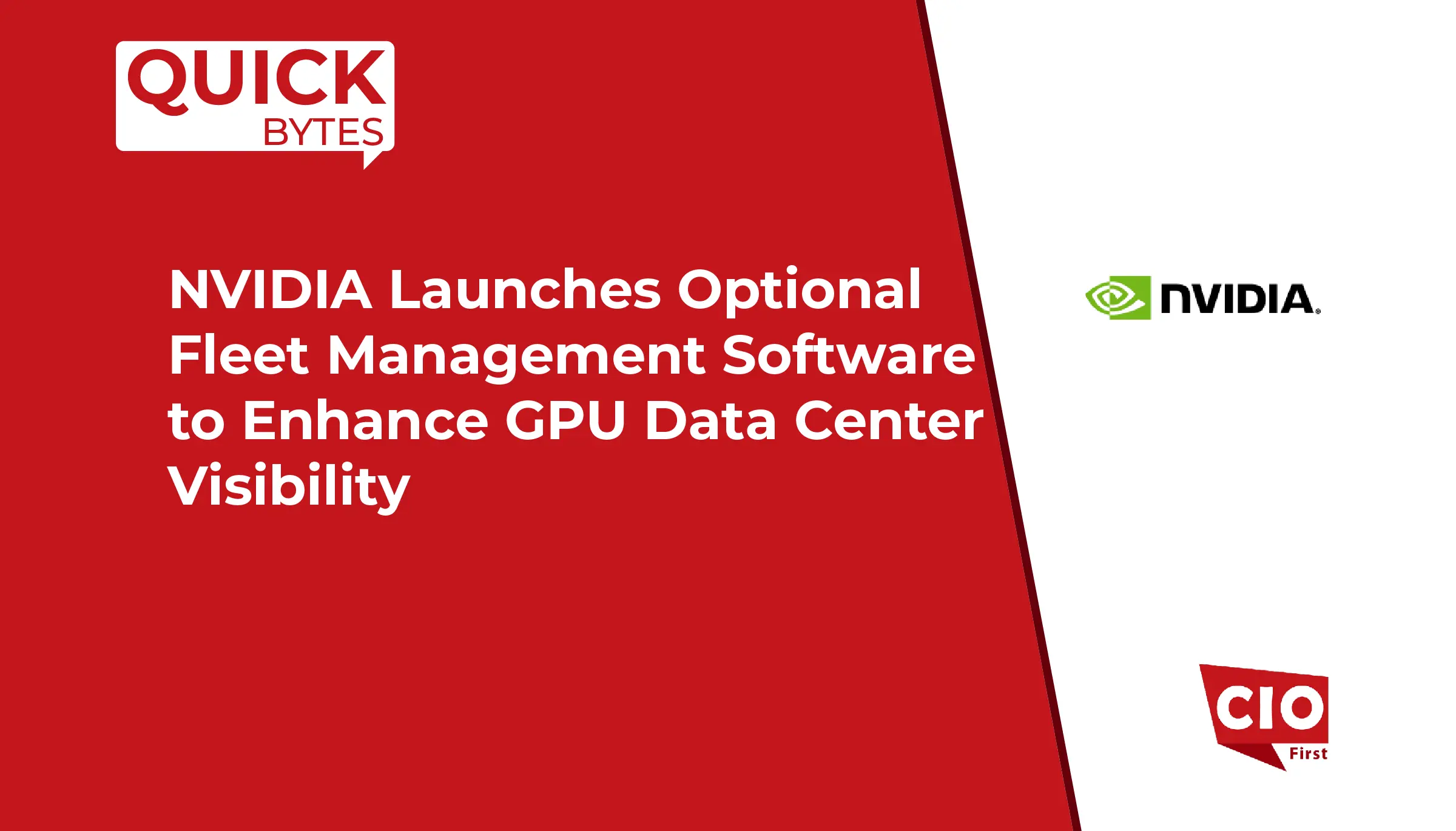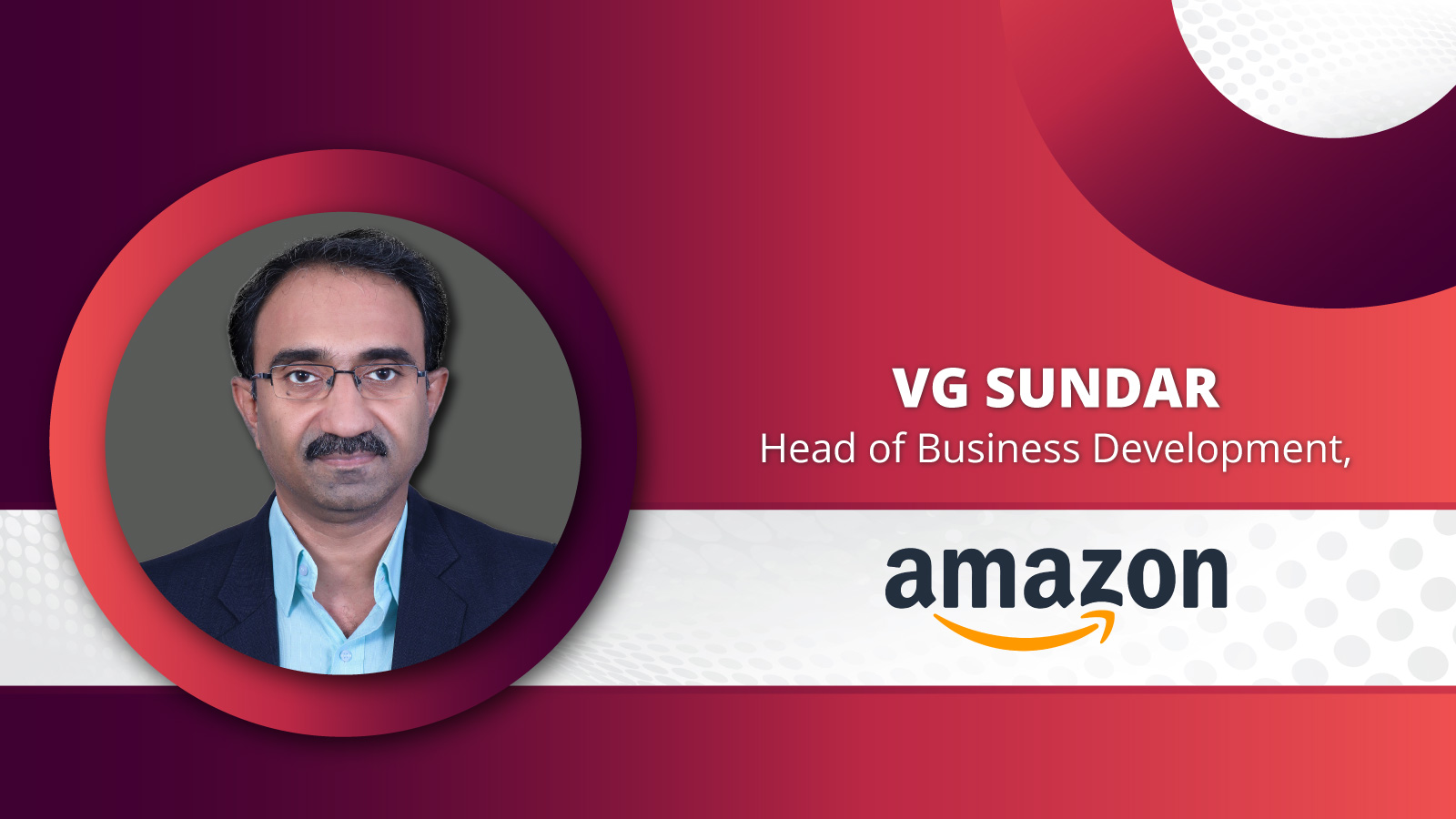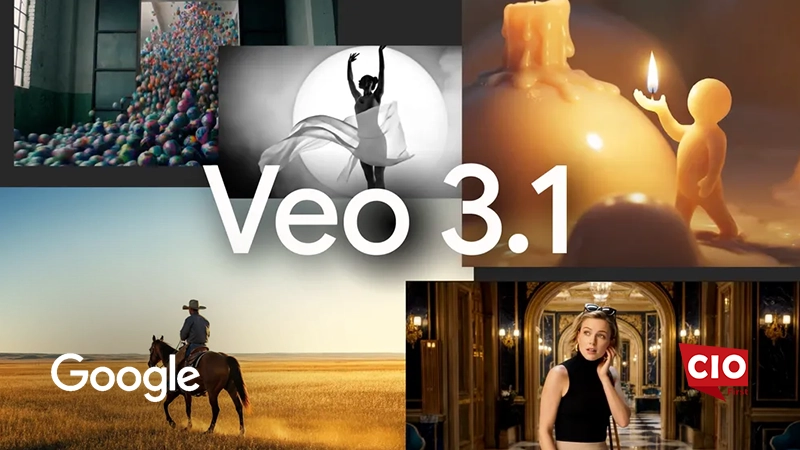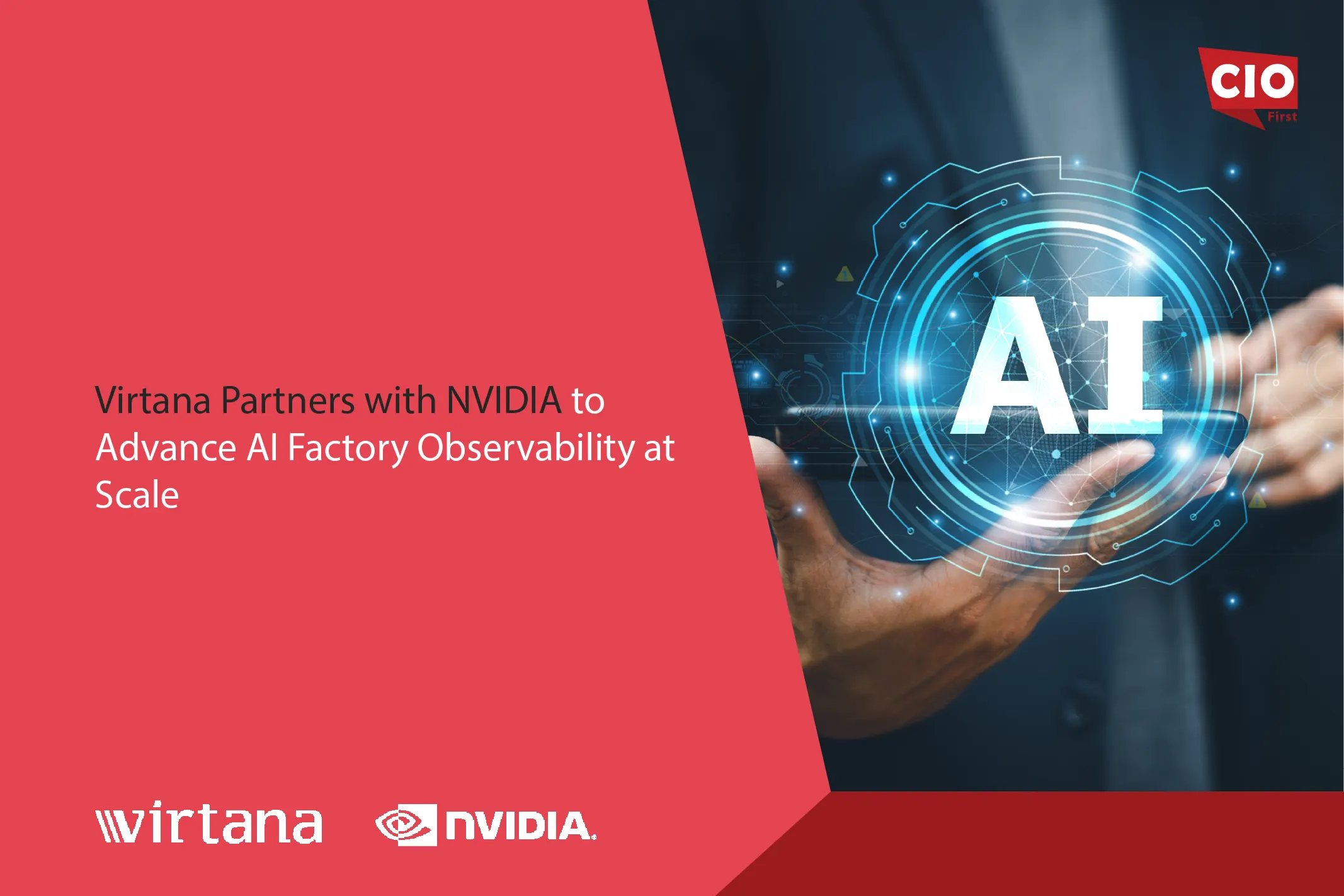Google has launched big updates to its AI filmmaking tools, Veo 3.1 and Flow. These changes mark a major leap in computer vision and creative media production. These changes will change how creators, businesses, and industries use video. They offer new levels of realism and storytelling control.
What’s New in Veo 3.1 and Flow?
Veo 3.1 brings new features that improve the quality and flexibility of AI-made videos:
Enhanced Audio Capabilities: Veo 3.1 now offers richer audio. It includes nuanced sound effects and ambient noises. This change makes for a more immersive viewing experience.
Enhanced Story Control: Creators can now better manage the story. They can adjust pacing and scene transitions more precisely.
Enhanced Realism: The new model provides lifelike visuals. It has improved physics and lighting effects. These changes make the cinematic experience feel more real.
Flow, Google’s AI filmmaking platform, brings these upgrades together. It creates a smooth space for creators to make cinematic clips and scenes. Flow combines Veo’s features with Google‘s AI models, Imagen and Gemini. This lets users create high-quality videos from simple text prompts. So, it makes rapid prototyping and creative exploration easy.
What are the Implications for the Computer Vision Industry
The updates in Veo 3.1 and Flow have a significant effect on the computer vision industry.
Accelerated Content Creation: AI tools like Veo 3.1 make video production quicker. They help cut costs and speed up content creation.
Enhanced Accessibility: These tools have smooth interfaces and simple controls. They make filmmaking easier. Now, anyone can create high-quality videos, even without much technical skills.
Also Read: Oracle Unveils New Cloud Networking Capabilities for Workload
By blending visuals, sounds, and stories, we can see how these systems are evolving. This trend opens up new possibilities and enhances the impact of computer vision applications.
New Business Models: Making custom video content on demand brings new ideas for ads, education, and entertainment.
Impact on Businesses in the Computer Vision Sector
For businesses in computer vision, the Veo 3.1 and Flow updates offer both opportunities and challenges:
Opportunities:
Product Innovation: Companies can use AI tools to create new products and services. For example, they can develop personalized video content platforms or AI-driven marketing solutions.
Market Expansion: With Veo 3.1 and Flow, businesses can reach more customers. This includes small enterprises and independent creators who want cost-effective video production options.
Collaboration and Partnerships: AI tech providers can team up with content creators. This can spark projects that expand creative expression.
Challenges:
Competition: AI tools might increase competition among companies in computer vision. This means they must keep innovating and standing out.
Ethical Considerations: Creating realistic videos raises worries about misinformation and authenticity. This highlights the need for clear ethical guidelines and rules.
Skill Development: With AI tools on the rise, more professionals need skills in AI and computer vision. This shows how important education and training are in these areas.
Conclusion
The integration of Veo 3.1 and Flow into the creative process signifies a pivotal moment in the evolution of computer vision and AI-driven media production. As these technologies continue to advance, they hold the potential to redefine storytelling, content creation, and the broader landscape of digital media.
